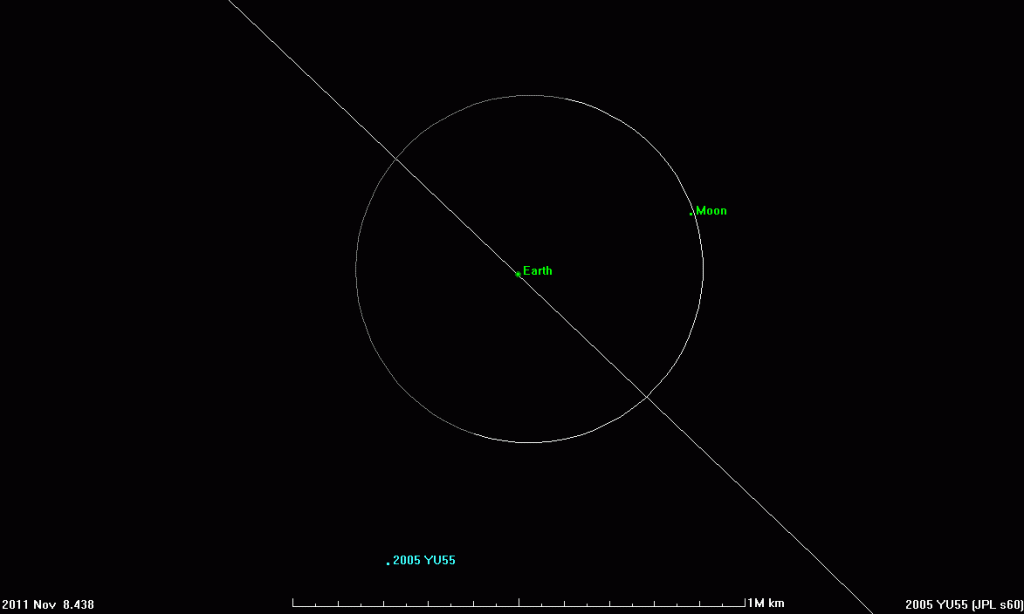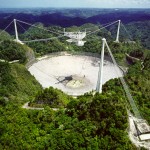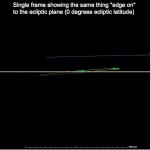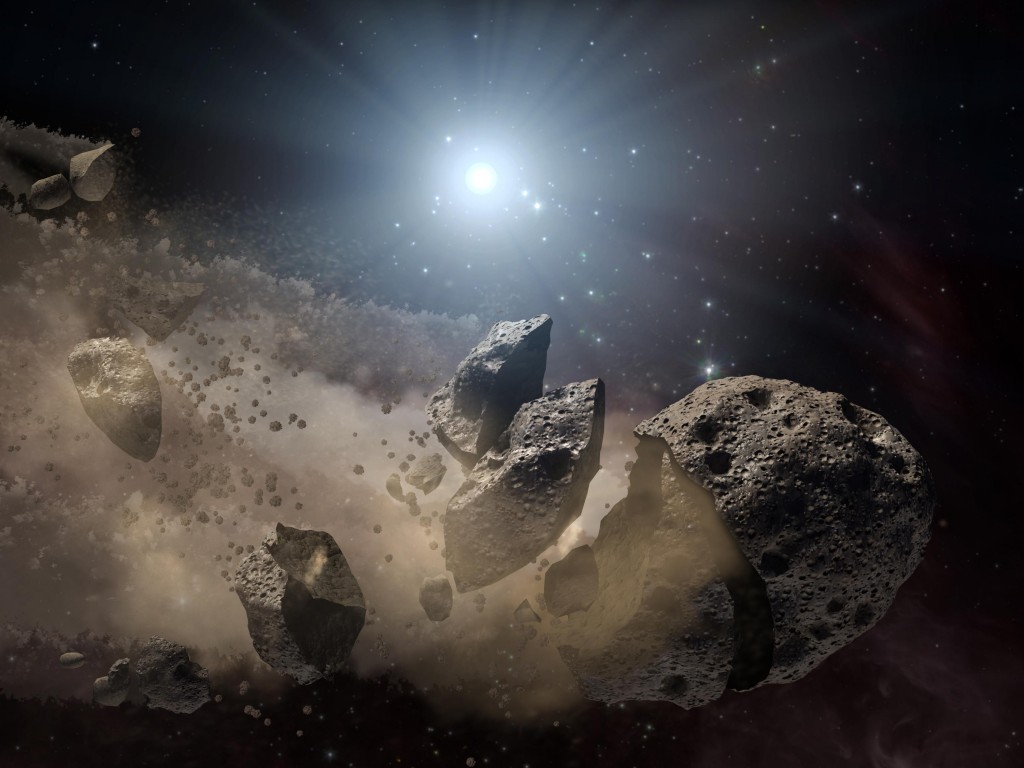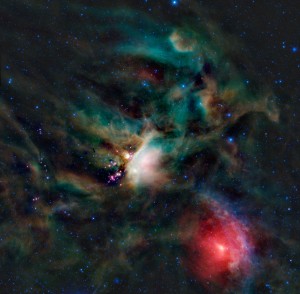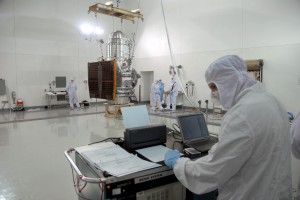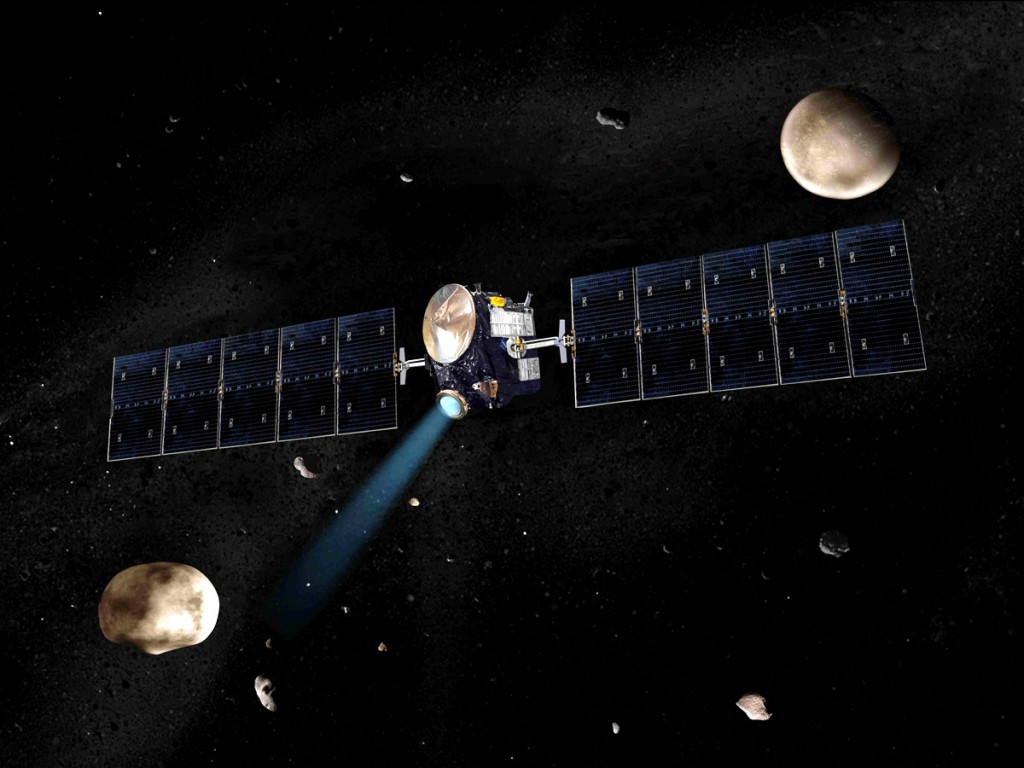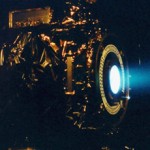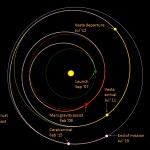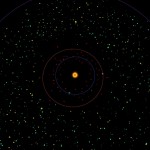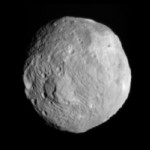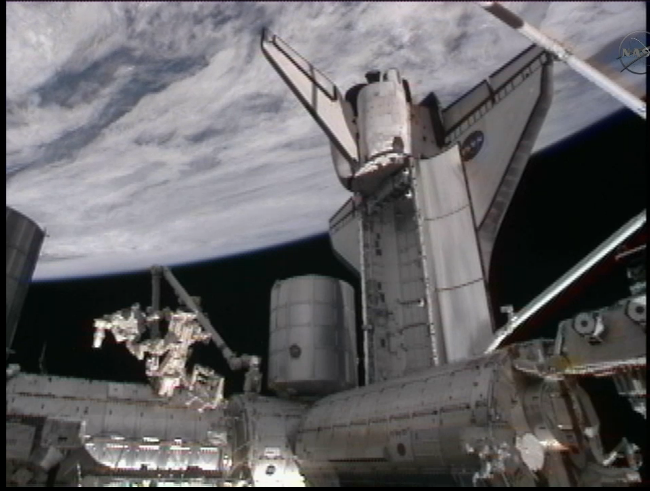Asteroid Discovery Visualization
Posted on September 25, 2012Here’s a mesmerizing visualization of asteroid discovery in the inner Solar System over the past 30 years. This happens to be the same timeframe as the existence of Atari Ateroids. Coincidence?
Watch it in HD! Created by Hacker/Astronomer/Gamer/DJ/Scotsman Scott Manley.
Robotic Spaceship Departs Giant Asteroid (Real)
Posted on September 05, 2012It’s been just over a year since NASA’s Dawn spacecraft went into orbit around the giant asteroid Vesta, and today it leaves Vesta for the dwarf planet Ceres. The spacecraft took extensive photos to learn all about the asteroid, but didn’t blow it up. What gives, NASA?
Here’s an official “Farewell, Vesta” video: a fly-over compiled from images taken throughout the year. We asked JPL, and they said they’ll probably release the 3D data to the public once it’s all organized — which could be cool for 3D artists or designers. (Remember, kids, all NASA media is public domain). For more info about the mission, visit the official Dawn site.
TED Talk: How to Defend Earth Against Asteroids
Posted on November 30, 2011In this recent TED Talk, Phil Plait outlines steps to prevent giant asteroids from demolishing the planet.  This solution doesn’t involve photon cannons, but does use ion thrusters.
He mentions the B612 Foundation, which is an organization of other bona-fide scientists dedicated to this end.
Asteroid Buzzes Earth on Tuesday!
Posted on November 06, 2011On November 8, 2011, an asteroid named 2005 YU55 (hereinafter referred to as “Yolanda”) will pass .85 lunar distances from the Earth — closer than the moon! Â It has a 400 meter diameter, the size of an aircraft carrier, and is dark and nearly spherical. Â [Click the image above for an animated view of the asteroid’s path].
At its closest, Yolanda will be visible from the Earth’s southern hemisphere. Â Officials are employing one of the coolest-looking telescopes — Arecibo, star of “Goldeneye” and “Contact” — to create an extraordinarily detailed image and 3D model of the asteroid as it zips by.
Yolanda is classified as a “potentially hazardous object,” but it will not hit the Earth or moon. Â The only defensive action being taken on Tuesday is the introduction of Tobii Technology’s new eye-controlled version of Asteroids at Dave and Buster’s in Times Square. Â Read that story here.
The next time an object will pass this close to Earth (that we know about) is 2028, when asteroid (153814) 2001 WN5 will pass to within 0.6 lunar distances. Â In the mean time, we recommend that you find your nearest Atari Asteroids arcade machine and do your part.
NASA Near Earth Object Program page on Yolanda:Â http://neo.jpl.nasa.gov/news/news171.html
NASA Survey Finds Fewer Asteroids Near Earth
Posted on October 20, 2011Observations from NASA’s Wide-field Infrared Survey Explorer (WISE) reveal that there are fewer near-Earth midsize asteroids than originally thought (link). Â It seems the photon cannons are working.
WISE is also searching for the origins of the dinosaur-killing asteroid. Â NASA’s caption for this artist’s rendition reads:
Scientists think that a giant asteroid, which broke up long ago in the main asteroid belt between Mars and Jupiter, eventually made its way to Earth and led to the extinction of the dinosaurs. Data from NASA’s WISE mission likely rules out the leading suspect, a member of a family of asteroids called Baptistina, so the search for the origins of the dinosaur-killing asteroid goes on.
But check out these actual pictures taken by WISE.  Stunning.  A wide-field infrared imager is the way to photograph space.
Robot Spaceship Arrives at Giant Asteroid! (Real)
Posted on July 16, 2011Almost four years ago, NASA launched the robotic spaceship Dawn toward the asteroid belt. In the early hours of Saturday morning (July 16, 2011), it reached its first destination: the GIANT ASTEROID / protoplanet, Vesta.
Dawn will use its photon canon to blast Vesta into small pieces, and then smaller pieces, until it is completely vaporized.
Kidding.
Dawn will actually spend one year in orbit, checking out the asteroid with a visible camera (taking 3D pictures), a visible and infrared mapping spectrometer, and a gamma ray and neutron spectrometer. Then it heads off to the icy dwarf planet Ceres, where it will hang out doing the same thing from February to July, 2015.
The robotic spaceship uses an ion thruster propulsion system burning Xenon fuel, like the one NASA used on the Deep Space 1 mission. We are not making these words up, people! Read that sentence again. This is the future!
Vesta was the 4th asteroid ever discovered, back in 1807. It’s 330 miles across, the size of Arizona, and chunks of it have broken off (presumably as the result of photon canon blasts) and actually reached Earth as meteors. The mission’s goal is to learn more about how the solar system formed, and already, the images sent back a few days ago are looking pretty sharp. Â We’ll check in throughout the year to see how things are going.
For more information and pictures, visit NASA’s website: the Dawn mission page (“Journey to the Asteroid Belt”) and the NASA Jet Propulsion Lab’s Dawn website.
Final Space Shuttle Mission, July 8-21, 2011
Posted on July 13, 2011The final Space Shuttle mission is currently underway, 30 years after the first one went up. People are IN SPACE. For REAL. No asteroids, but they’re doing some serious tinkering up there. It’s all streaming live on the NASA TV website (that image is a frame-grab).
